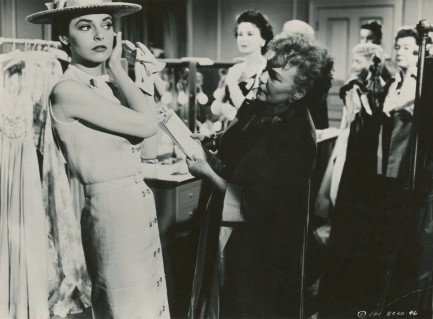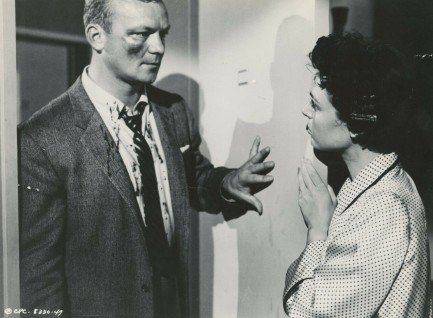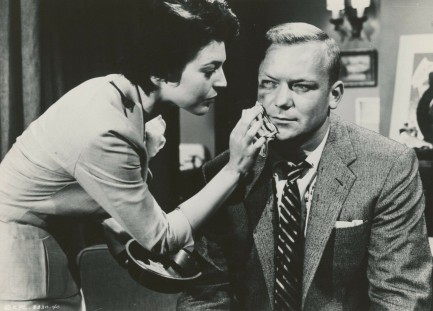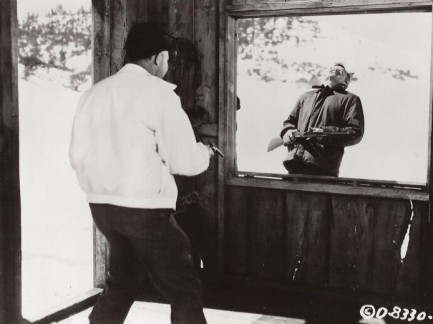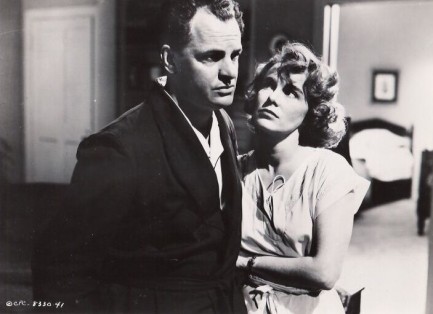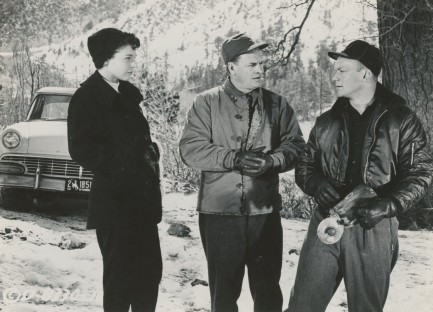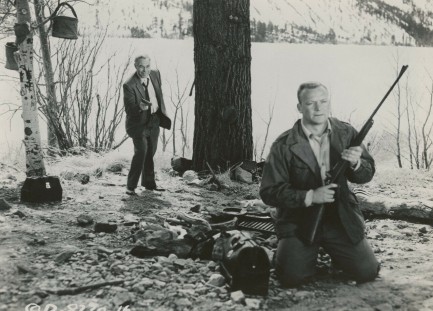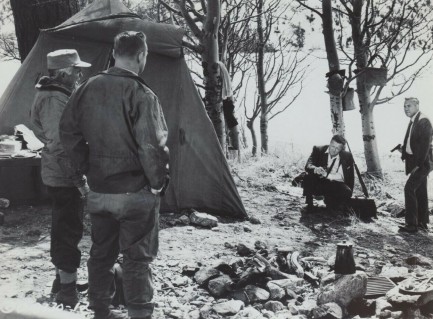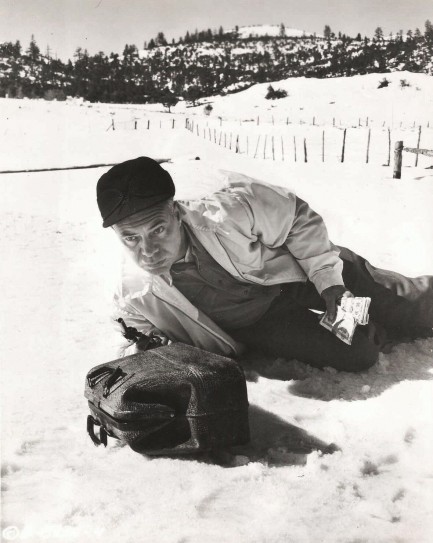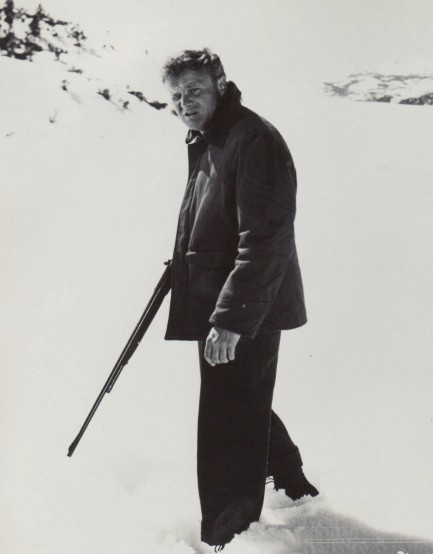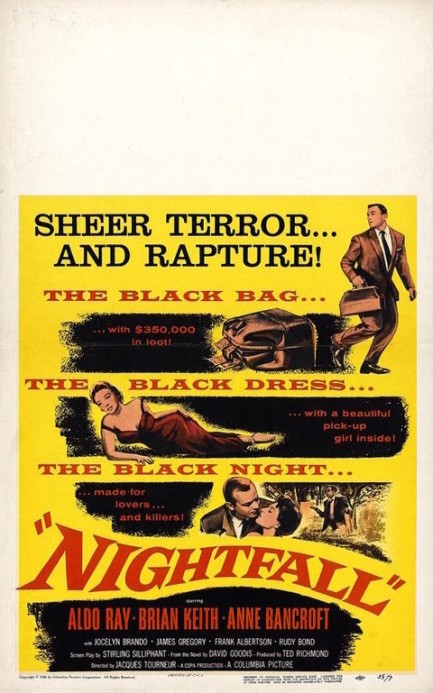| Vintage Pulp | Sep 24 2023 |

Choose your legwear like your life depends on it.
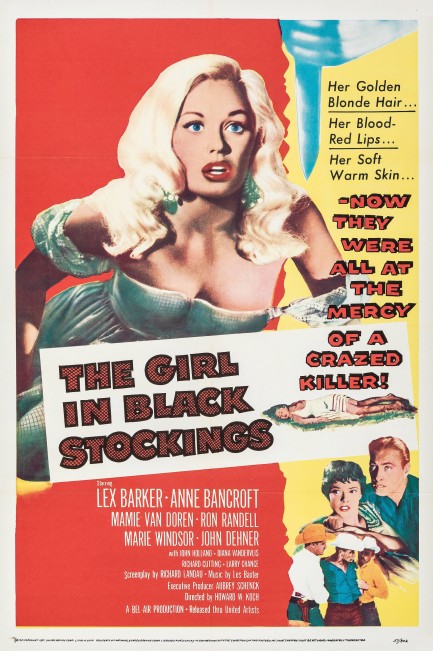
Once again, we have a poster proving that some of the worst movies had some of the best promotional art. This exemplary effort was made for The Girl in Black Stockings, which began its U.S. run today in 1957 after having its world premiere in England earlier in the year. The art showcases Mamie Van Doren, who's third billed but is the big draw. We talked about the movie last year and, shorter version, it's bad but occasionally amusing. By the way, legwear has nothing to do with the murder. The folks at Bel-Air Productions and United Artists knew they had a catchy title and simply ran with it.
| Vintage Pulp | Sep 11 2022 |

Some things are too ugly to be prettied up.
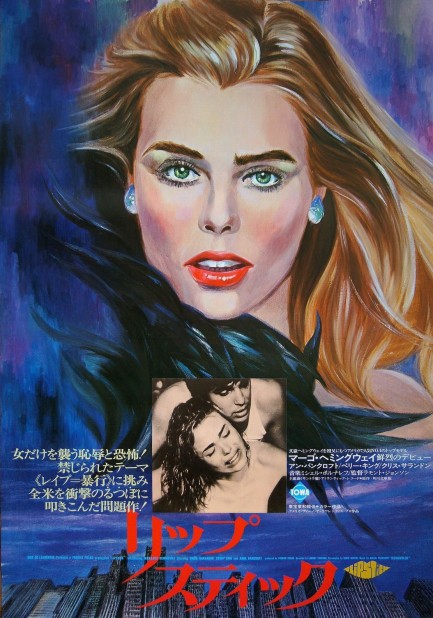
A thriller with two of Ernest Hemingway's granddaughters as stars? We had to check it out, especially when we found this beautiful Japanese promo poster. The movie was titled Lipstick, and the Japanese title リップスティック is identical. Margeaux Hemingway plays a New York City model, and her little sister Mariel Hemingway plays her daughter. They become obsessions for a pig of a sexual predator who insinuates his way into their lives, and things don't go well. At all.
Using rape as the central element of thrillers is not very 2022, even as the actual issue exists in perpetuity. Any film that aims for a realistic depiction, no matter how well meaning, opens itself to charges of exploitation. There's no doubt the filmmakers wanted to wrap an issue inside a thriller, which means despite the beautiful cinematography and a setting in the glitzy, glimmery realm of high fashion, there's a disturbing aura of reality that makes the movie tough to watch in places.
However, this is a serious production and deserves a fair assessment. It's adequately-but-not-amazingly acted by Margeaux, co-star Anne Bancroft is solid, Mariel—who was only fifteen at the time but is playing a character of thirteen, and looks it—does serviceable work, and Chris Sarandon is believable as their assailant. Lipstick falls into the category could-not-be-made-today™, but overall it's worth a watch—and a post-credits discussion. It premiered in the U.S. in April 1976, and in Japan today the same year.
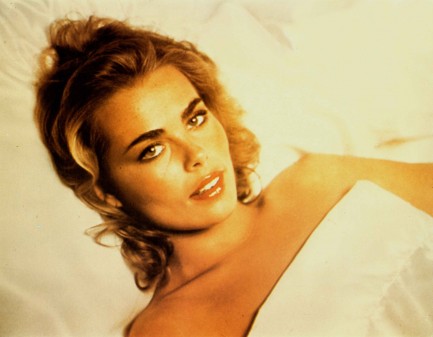
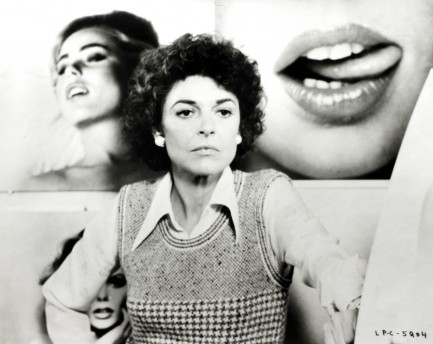
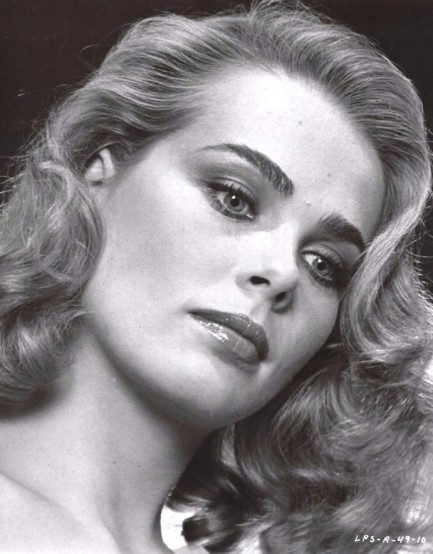
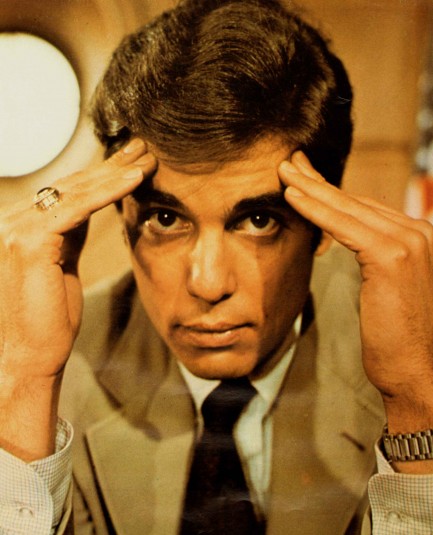
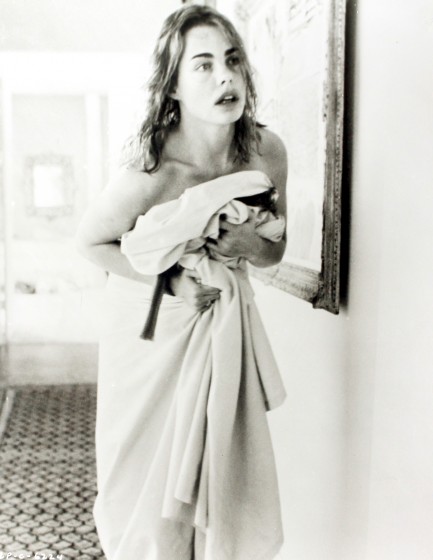
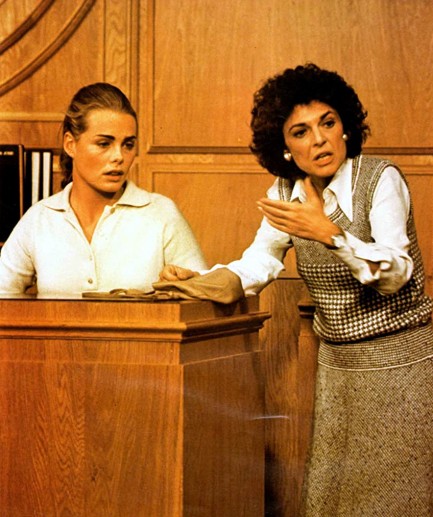
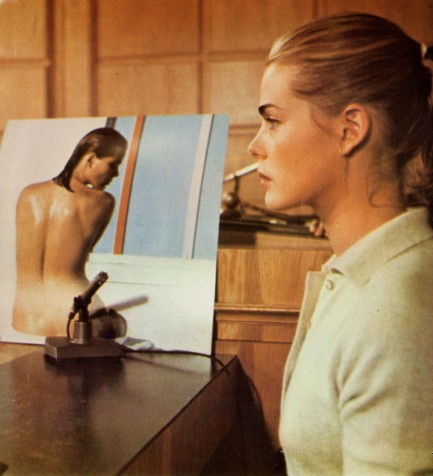
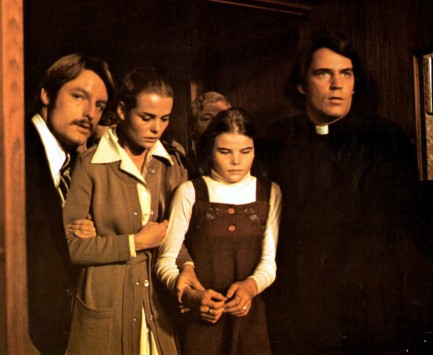
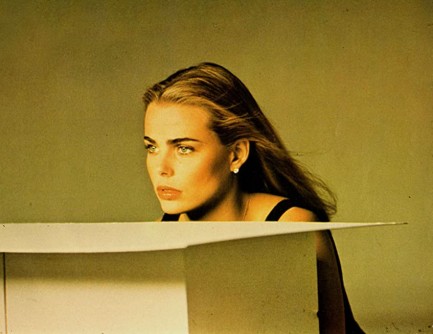









| Vintage Pulp | May 27 2022 |

Mamie Van Doren can add value to anything, but even she can't save The Girl in Black Stockings.
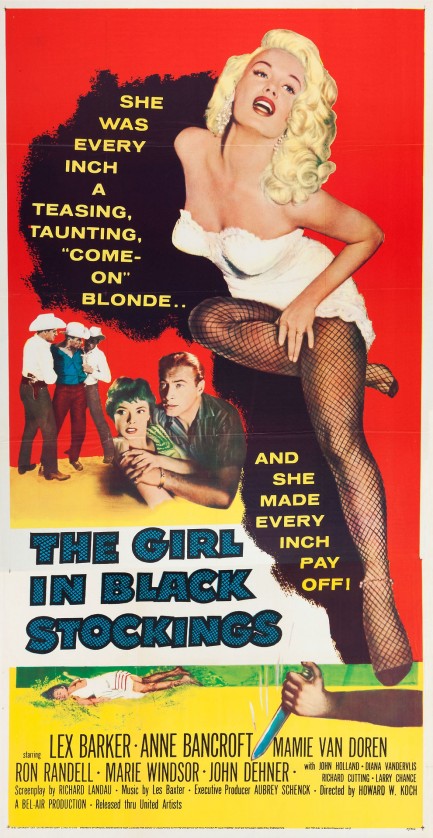
This bright poster was made for the b-drama The Girl in Black Stockings. It had its world premiere in England today in 1957 and, in contrast to the art, is a colorless murder mystery set in and around a lodge hotel in a tiny western U.S. town—the kind of place where, you know, “nothing like this has ever happened before.” Lex Barker stars as a Los Angeles lawyer who goes to this arid little stopover for peace and quiet, but discovers a body that's been mutilated as though by a psychopath. A county official warns, “The type that did this—they don't stop with just one.”
Sure enough, more deaths follow and—as doctors are wont to do—Lex inserts himself right into the middle of the investigation. His professional acumen is needed. There are a lot of suspects. Anne Bancroft as the local beauty, Mamie Van Doren as a stereotypical blonde floozy, Ron Randell as a woman hating lodge owner who's confined to a wheelchair—or is he?—and Marie Windsor as his unhealthily attached spinster sister are all under the suspicious gaze of the plodding but tenacious sheriff John Dehner.
Sadly, the mystery isn't compelling and the dramatic aspects of the narrative are blah because none of the characters are interesting. All the main actors have done well in other movies, but here they're hobbled by a poor script, particularly Randell, who's forced to mouth numerous cynical and self pitying soliloquies. Van Doren, who we feel confident saying cannot act, is also bad here. She has a drunk scene that will make you cringe, it's so wooden.
The end result is a dismissable movie that's only barely remembered because it was shot in Utah, which provides some nice scenery, and because it has Van Doren, who was obviously cast to provide a different type of scenery, and achieves that function with ease. We'll always take a look at any film in which she appears. She's no Marilyn. But she's not far behind. Yet even with her presence and some long looks at the Beehive State, we can't recommend The Girl in Black Stockings.
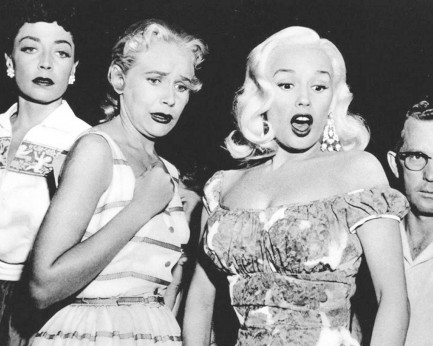 Oh good Lord! She's been murdered and mutilated beyond recognition! Somebody call a doctor!
Oh good Lord! She's been murdered and mutilated beyond recognition! Somebody call a doctor!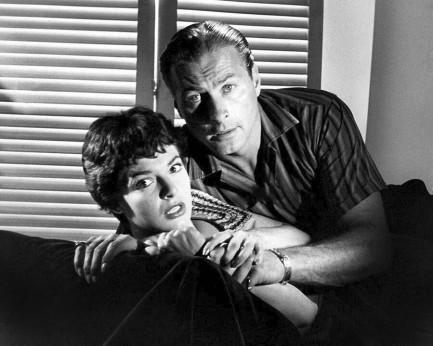 What the..! Don't you knock? I'm in the midst of a consultation here!
What the..! Don't you knock? I'm in the midst of a consultation here!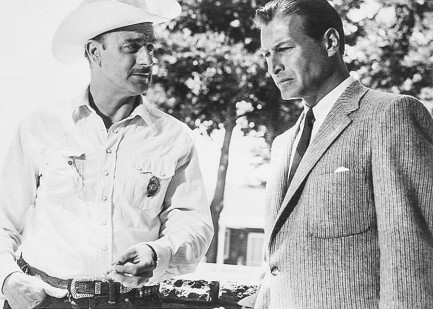 I can advise you only informally until I hear back from the town's insurance network, Sheriff. But you might start with an immediate canvassing effort and a check for similar crimes in the state going back at least ten years.
I can advise you only informally until I hear back from the town's insurance network, Sheriff. But you might start with an immediate canvassing effort and a check for similar crimes in the state going back at least ten years.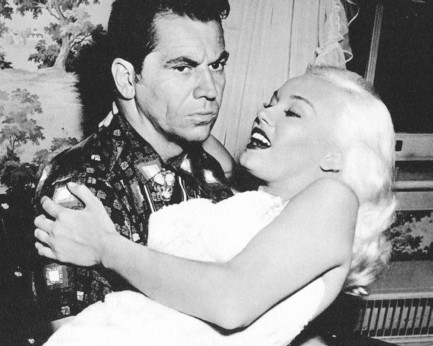 Actually, knowing there's a killer on the loose and any of us could be snuffed out next doesn't make me horny, Diana. But thanks for thinking of me.
Actually, knowing there's a killer on the loose and any of us could be snuffed out next doesn't make me horny, Diana. But thanks for thinking of me.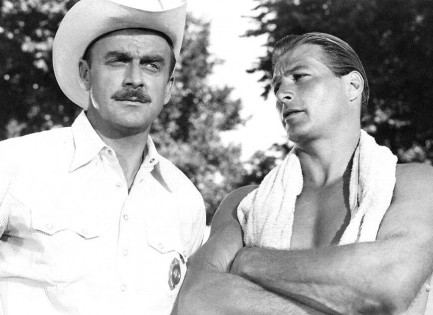 Well, Sheriff, turns out the town has a three murder deductible. I'm afraid my hands are tied until a fourth person is slain.
Well, Sheriff, turns out the town has a three murder deductible. I'm afraid my hands are tied until a fourth person is slain.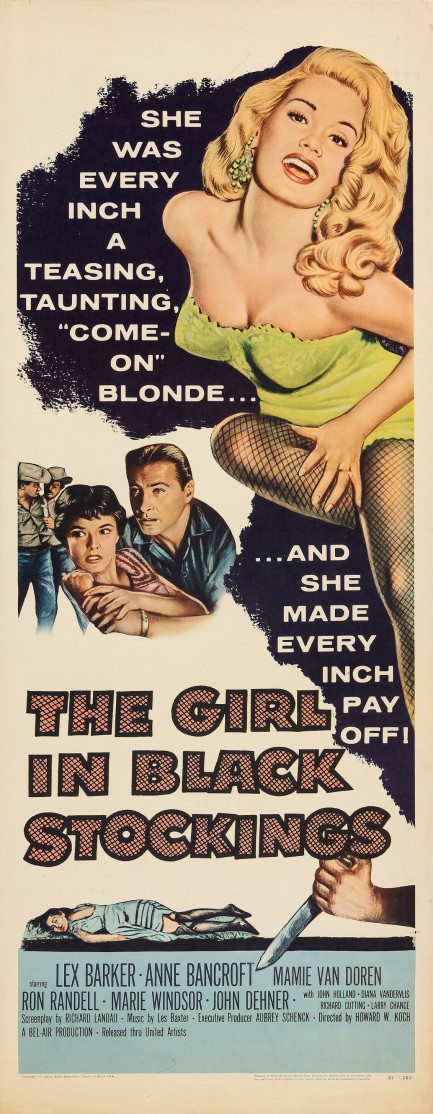
| Vintage Pulp | Jul 18 2021 |

Monroe finds herself in a room with no space to maneuver.
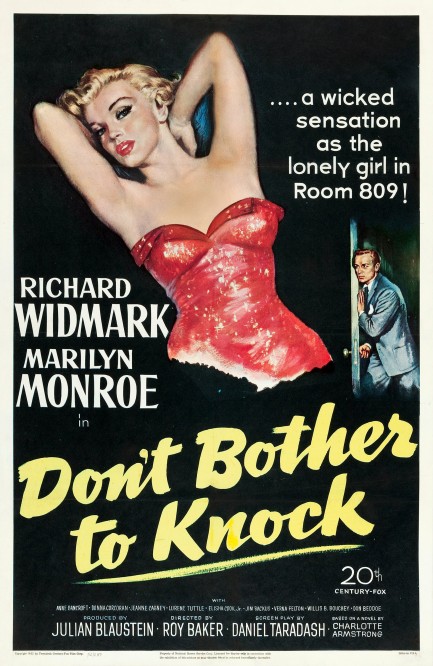
It says plenty about Don't Bother To Knock that we queued it up last night, popcorn and adult beverages in hand, having forgotten that we already watched it several years ago. That has less to do with the overall film than with Marilyn Monroe, but we'll get to that in a minute. The film was based on Charlotte Armstrong's Mischief, which was serialized in 1950 in Good Housekeeping magazine, and deals with a mentally disturbed babysitter watching over a child in a fancy New York City hotel suite. Along with Monroe it stars Richard Widmark and Anne Bancroft, with their three characters suffering respectively from derangement, detachment, and disillusionment—three ailments suggested to be caused or exacerbated by life in the big city. Widmark as a cynical single looking for easy action and Bancroft as a world weary torch singer working the hotel lounge don't have any problems a change in luck wouldn't solve, but the movie revolves around Monroe, who, thirteen credited roles into her career at this point, gets a chance to stretch her range as a nutty nanny in need of a lot more than just kind words to get back on the beam.
Monroe's performance in this heavy drama is tough to judge. To us it feels a bit flat, but contemporary reviewers generally liked it, and it's fair to say it helped her climb that last rung to the superstardom she'd reach a year later with Gentlemen Prefer Blondes. Watch that film and you'll see that, while Don't Bother To Knock asked her to stretch, it did so by requiring that she suppress her natural charisma. That's no easy trick for an actor, let alone someone as incandescent as her, and that, in short, is probably why we forgot we'd already watched the movie. Monroe was so big in her other performances that this flick went down the memory hole. Her iconic movies feel as if they could only have starred her. This one feels like it could have starred anyone. Monroe just isn't Monroe in it. But that probably means her performance is a success. Watching it afresh, we can tell you it's certainly a must for Marilyn fans, and will probably work for vintage film fans of all types. But those unschooled in the oldies might walk away from this effort thinking, Meh, I don't get all the Monroe fuss. But the fuss was appropriate and deserved. Don't Bother To Knock—not a film noir as labeled on many sites, by the way—premiered today in 1953.
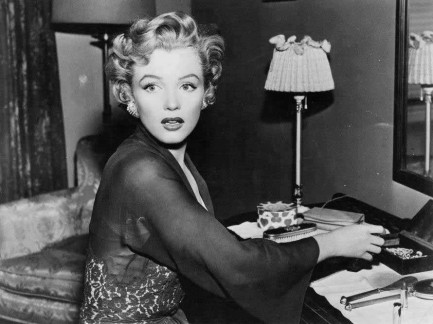
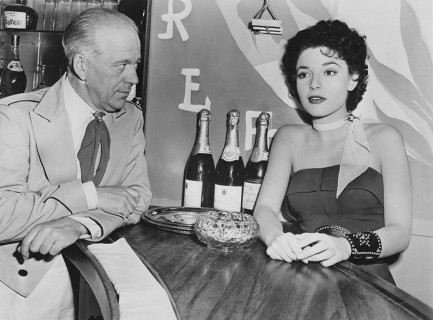
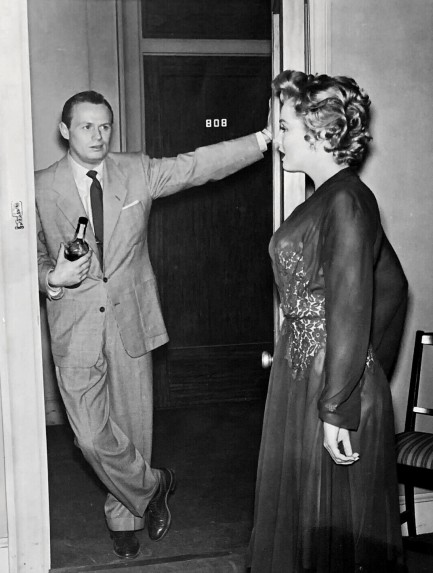
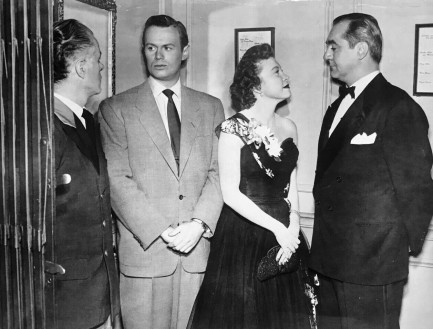
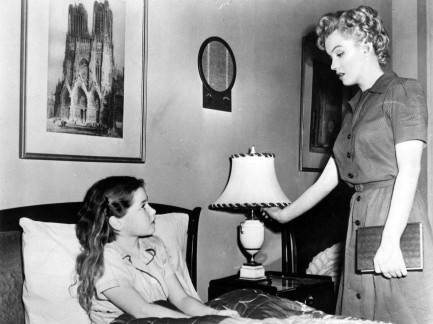
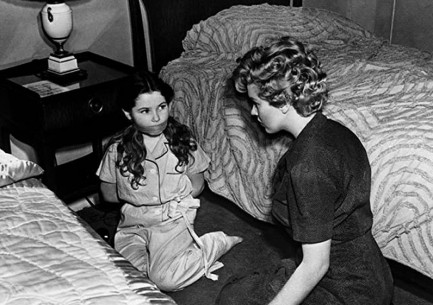
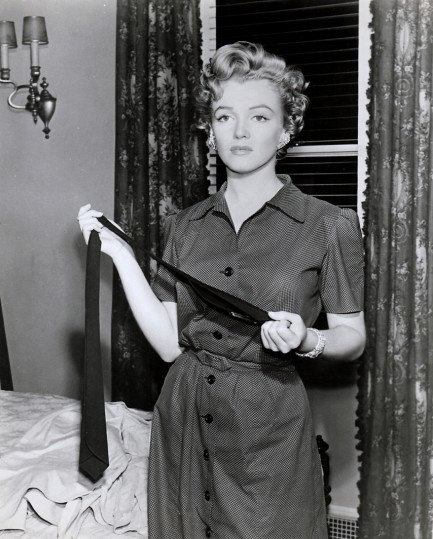
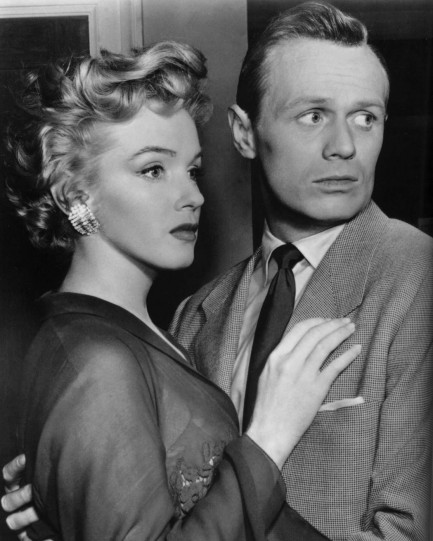
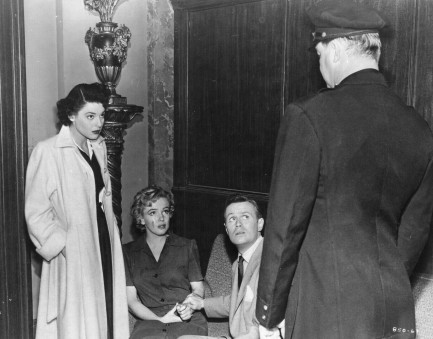
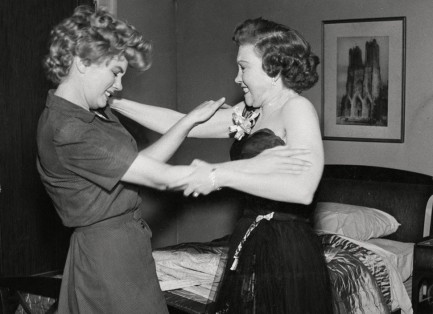
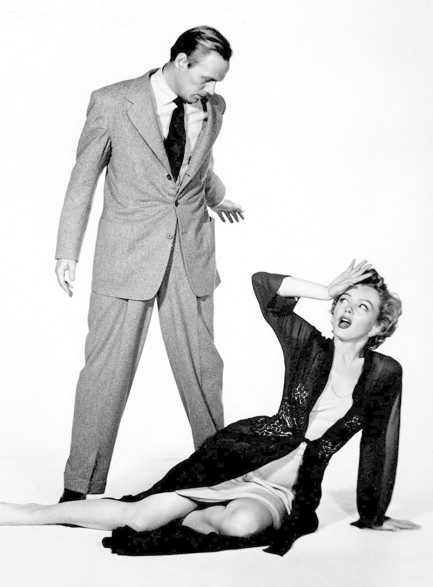
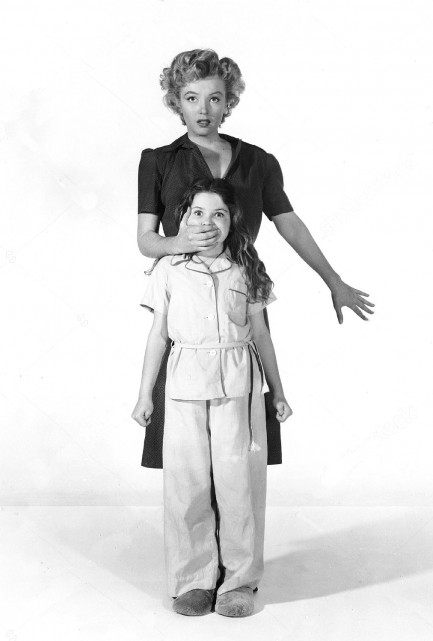
| Vintage Pulp | Nov 9 2020 |

When the sun's away the crooks will slay.
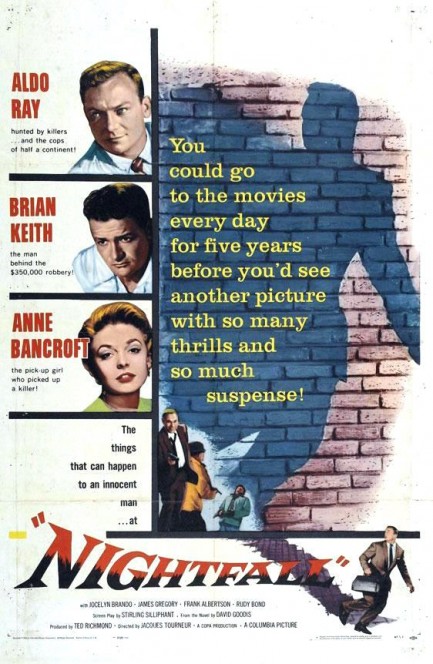
And speaking of the film noir starring Aldo Ray and Anne Bancroft, we watched it right after finishing the book, and though the novel was pretty dark, the filmmakers decided a little upbeat mood music was on order, so they got the immortal jazz crooner Al Hibbler to sing a theme song. Everybody knows this one. Join right in: Nightfaaaaaaall... and youuuuuuuuuuu... lovely you... underneath the wreath of heaven's pale blue... you are poetry (possibly haiku)... you are melody (maybe in d minor, the saddest of keys)... You get the idea. Don't let us turn you off this film. The theme song is nothing the mute button won't fix.
As we mentioned in our post on the source novel, Nightfall was directed by Jacques Tourneur, the heavyweight talent behind the film noir monument Out of the Past, and he has the kind of skills that make an early shot of co-star James Gregory getting on a bus an artistic achievement. Gregory plays an insurance investigator on the trail of $350,000 worth of missing heist loot, and, as in the novel, the innocent schmuck who accidentally got stuck with it lost it and doesn't remember how or where. That person is played by Ray, who's great in this, as he relates his dilemma in flashbacks and desperately tries to deal with the two murderous robbers who originally stole the cash.
Nightfall is no Out of the Past, but it's a solid film noir entry, well worth watching. Besides Ray and Gregory, the two robbers Brian Keith and Rudy Bond are good, and honey-voiced Bancroft as the femme fatale handles her pivotal role nicely. Credit here also goes to Burnett Guffey, who photographed the movie, and added to his long list of beautiful film noir achievements—Johnny O'Clock, Night Editor, In a Lonely Place, The Sniper, Private Hell 36, Screaming Mimi, and a portfolio of other films. Put Nightfall in your queue. It'll be worth it—once the theme song is over. It premiered in the U.S. today in 1956
